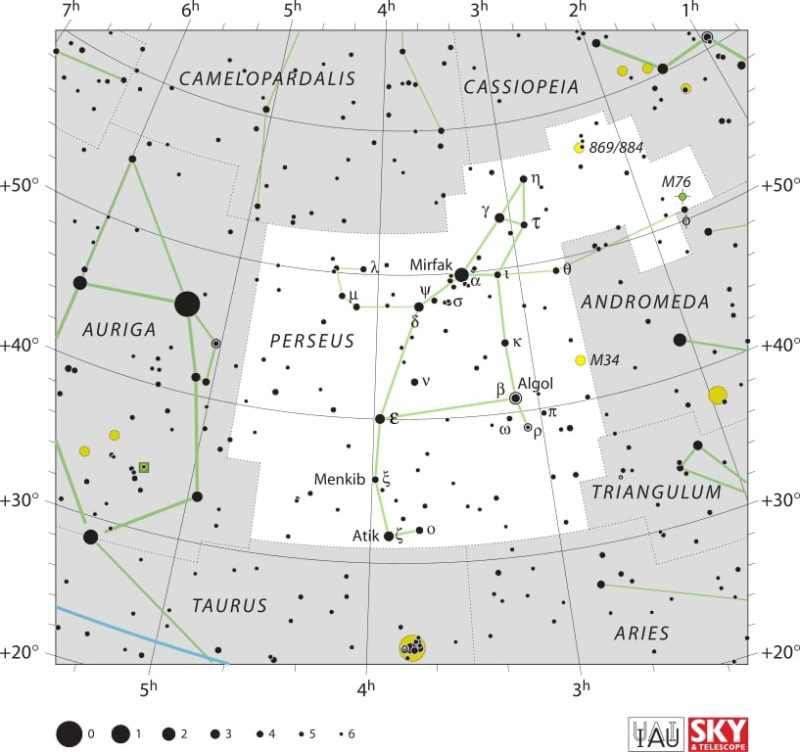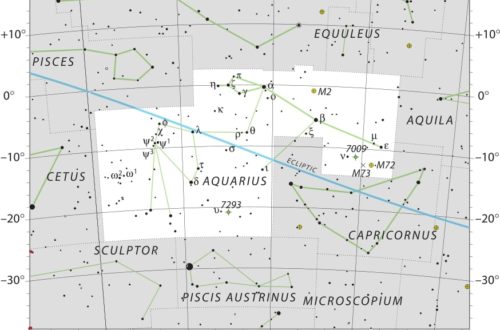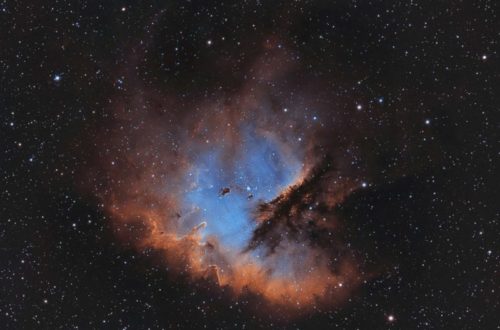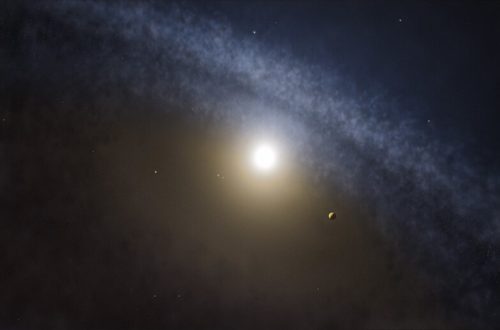September Epsilon Perseid Meteor Shower Viewing Guide

The September Epsilon Perseids are a relatively lesser-known meteor shower that occurs every year and peaks on September 9. These meteors come from the direction of the constellation Perseus.
The best action is after midnight. Rates may up to 5 meteors each hour. The meteors travel quickly at 64 km/s and frequently produce short-lived trails. If you want to see them at their best, find a rural area, far from city lights.
Weather and moonlight greatly affect how many meteors will be visible. Read on in the next sections for additional information on when and where to watch the September Epsilon Perseid meteor shower.
What Are September Epsilon Perseids?
The September Epsilon Perseids are a relatively minor meteor shower that still manages to make the early autumn sky shine every year.
When to See Them
This shower is active from September 5 to 21. It has its peak on September 9, providing roughly 5 meteors per hour at its peak. Unlike the crowd-favorite August Perseids, the September Epsilon Perseids often go unnoticed, but they have their own charm for patient skywatchers.
The radiant point sits in the constellation Perseus, making it best to watch after midnight when the radiant is highest.
Not Your August Perseids
There are a number of notable differences between the September Epsilon Perseids and the more famous August Perseids. The late summer Perseids sometimes serve up fireworks, but the September incarnation remains low-key, seldom exceeding five meteors per hour.
The viewing experience is quieter, with fewer shooting stars and less public attention. Those who are meteor fanatics that pursue the more obscure showers like this one tend to appreciate a more personal experience. Making time to observe the September Epsilon Perseids will enrich anyone’s skywatching practice.
What Meteor Rates Mean (ZHR)
The zenithal hourly rate, or ZHR, is the standard of meteor shower quality. ZHR stands for the number of meteors a single observer would see in one hour under perfect dark-sky conditions, with the radiant—the point where meteors seem to come from—directly overhead.
This is the best rate to use for an apples-to-apples comparison between meteor showers. As an example, Class I showers such as the Perseids or Geminids can go as high as 150 meteors per hour under the best conditions.
The September Epsilon Perseids typically have a much lower ZHR, around 5. The real rates are usually cut in half by cloud cover, light from the cities below, or the radiant being low on the horizon. ZHR allows for realistic, data-driven expectations to be laid out for viewers.
Spotting the September Epsilon Perseids Guide
The September Epsilon Perseids are an easy and rewarding meteor shower that peaks on September 9. With the right advance preparation and a healthy dose of patience, observers can make the most of this event. While the meteor rates may be lower than the more major showers, it’s still an event to be enjoyed.
Seek True Darkness
The big killer city lights are the number one enemy to good meteor watching. For the September Epsilon Perseid meteor shower, dark skies are absolutely essential. National parks such as California’s Joshua Tree, Texas’s Big Bend, and Pennsylvania’s Cherry Springs make ideal choices among the country’s greatest areas.
If you can’t travel far, scout locations outside your city—look for local parks, nature preserves, or even a friend’s farm. Refer to online light pollution maps to see how dark a site could be. Check out the site a day or two before the event to determine how you will handle the layout. Besides being able to sight obstructions on the horizon, you can get a feel for the area.
Factor in Moon and Weather
A bright moon will wash out the fainter meteors, so the moon phase is important. Be sure to look up moonrise and moonset times for your location. Weather is an obvious factor as well. There’s no substitute for clear skies.
Cloud cover, fog, or haze could ruin your chances of seeing them. Keep an eye on local forecasts and be ready to pivot if the weather doesn’t cooperate. Hope for a break in the clouds to find the best view.
Let Your Eyes Adjust Fully
It can take 20 to 30 minutes for your eyes to adjust to low light. Even brief flashes of white light from phones or flashlights can ruin this process. Use red light or wrap flashlights with red cellophane to preserve your night vision.
Looking at bright screens or headlights will dim your eyes and make it harder to spot those faint meteors. Get comfortable, don’t check your phone, and allow your eyes some time. In fact, you may find yourself waiting ten minutes or more before seeing a meteor. Once your eyes adjust, prepare to be dazzled by a beautiful burst!
Patience is Your Best Friend
Meteor watching isn’t about it all happening right away. You’ll wait a long time sometimes before seeing one, then you may see a bunch in a row. Consider breaking up the session with quick walks in between or talk to friends nearby to combat fatigue.
Sharing the experience with others—friends, family, or a local astronomy club—makes the effort entertaining and helps avoid disappointment. Usually, the biggest reward comes from the thrill of seeing that bright meteor after that long wait.
Conclusion
The September Epsilon Perseid meteor shower provides a brief, bright display that streaks across the crisp, autumn sky. You don’t require expensive equipment either. Simply go outside, allow your eyes to adjust, and enjoy the show as streaks zip across your field of vision. Take a few pictures, note what you observe, or share stories with other stargazers. Each year, this shower serves up something new—sometimes a handful of bright meteors, sometimes just a quiet sky with a few streaks. So stay tuned for next year’s peak! One thing you can count on with the night sky is a few surprises in store.
Frequently Asked Questions
What are the September Epsilon Perseids?
The September Epsilon Perseids are a small meteor shower that peaks during the first week of September annually. The meteors seem to radiate from the constellation of Perseus.
When can I see the September Epsilon Perseid meteor shower?
The shower peaks on September 9. As with most meteor showers, the best viewing times will be after midnight and before dawn, when the sky is darkest.
How many meteors per hour can I expect to see?
The September Epsilon Perseids are a pretty weak meteor shower. At best dark-sky observing sites, centered around peak activity, rates of up to 5 meteors per hour can be anticipated.
Do I need special equipment to watch the September Epsilon Perseid meteor shower?
Simply pick a dark location, recline, and gaze upward. Binoculars or telescopes are not required and will restrict your field of view.
See also:
- Previous meteor shower: Nu Eridanid Meteor Shower
- Next meteor shower: Epsilon Eridanid Meteor Shower
Would you like to receive similar articles by email?





